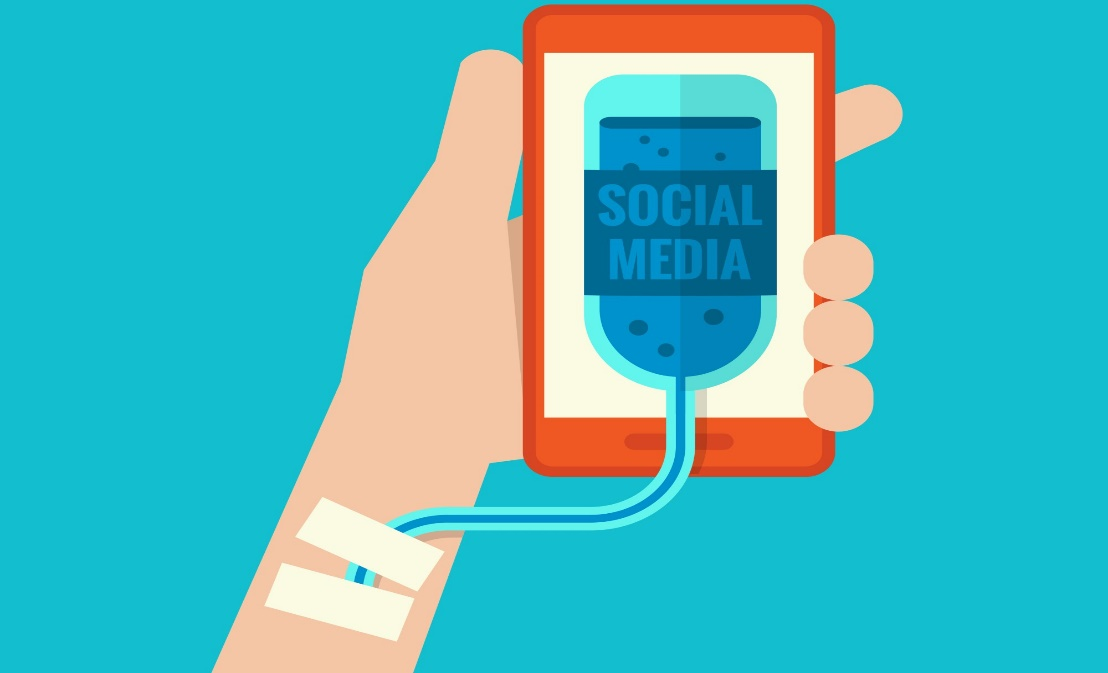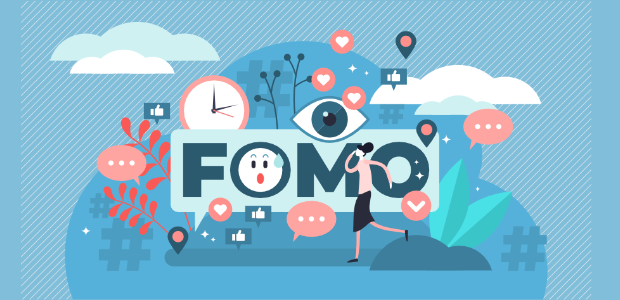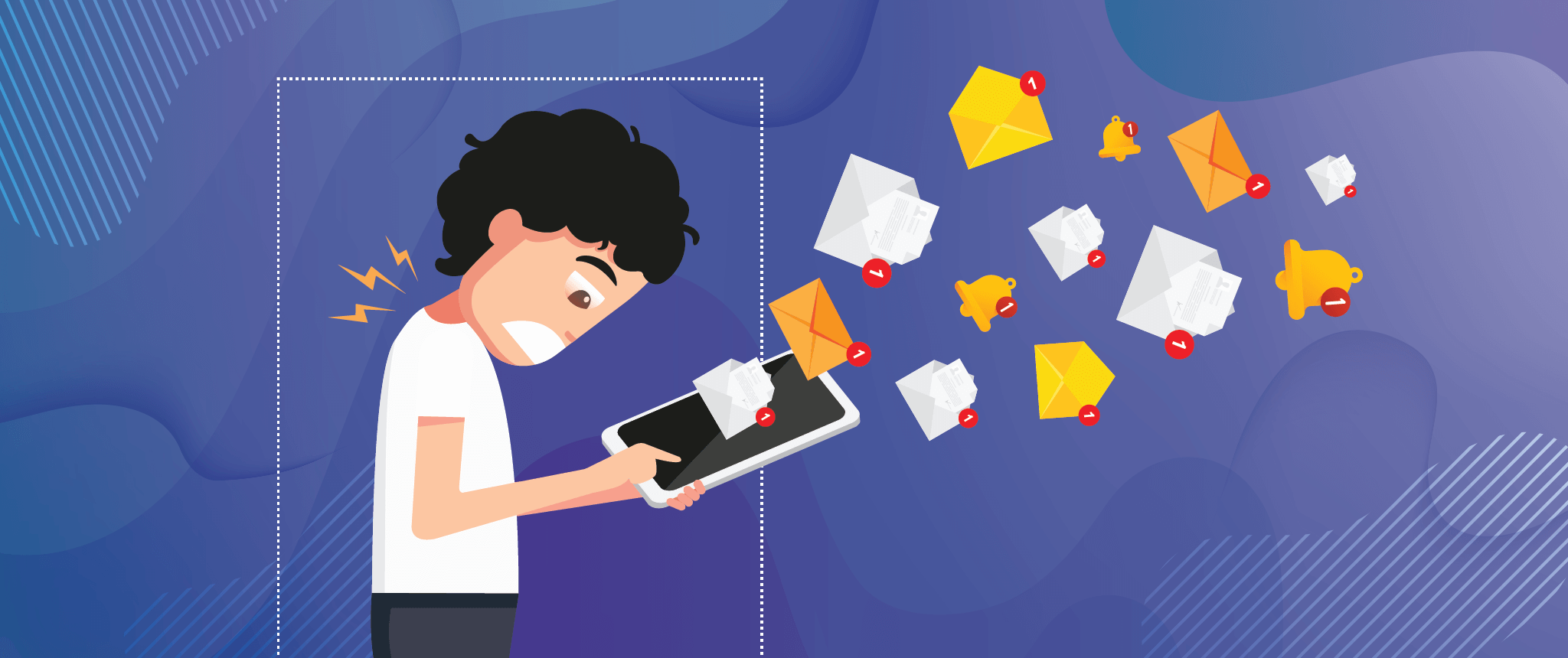Man is a social being and communication with others is an inbuilt nature since ancient times. Interaction is a behaviour and is done continuously whether out of necessity or simply for pleasure. Advancement of technology has addressed this need with a blast of social networking from mobile phone and Internet to networking sites such as Facebook, Twitter and Instagram which have integrated themselves into our lives today.
Bhargava and Rani (2015), discussed in their study that social media can have a positive impact on students if used judiciously. But further adding on to this point they concluded that several social media websites are a nonstop interruption for teens and the increase in its daily consumption distracts them from their career aspects.
Wanajak (2011), in his analysis differentiated between the normal daily social media usage and addictive behaviours. He emphasised on the effects of excessive use of internet media and drew a consensus, definition and diagnostic criteria of Social media addiction.

Today the increased availability of smartphone devices has brought the social world to our fingertips and has become a tool for advertising and political campaigning. It is now a primary source of information for political news, voter turnout etc. and has provided the public with a platform to opine their views.
The novel technological advancement has brought the world closer and helped like-minded people to connect and express their feelings and emotions but it has ushered problems as well. It has now become a magnetic body for major concerns such as addiction, FoMO, digital dementia and physical inactivity.
In the year 2010, Pew Internet conducted a survey to analyse the use of social networking to find if it is related to “trust, tolerance, community and political engagement”. The study concluded that social media has helped people develop a greater amount of social ties but at the same time, there is a risk of isolation if awareness isn’t maintained.

Addiction
The tern “Addiction” can be defined as the dependency on a certain substance or activity. It is a behaviour which is so compulsive that it often leads to negative outcomes. Thus, referring to the present context a social media addiction can be defined as the state when an individual is compelled to use social networking excessively. As per studies conducted by the University of Chicago, overuse of social media like spending time on Facebook, Twitter or Instagram can be harder to resist than alcohol or cigarettes. This can happen due to the decreased willpower of an individual and self-control failures. Not only this but its large availability and low-cost acts as bait even if one wants to resist.
FoMO

Considering that addiction to social media is just the thin end of the wedge, it can result in psychological issues and other complexities. One of them can be the Fear of Missing Out (FoMO). To be simple FoMO is a driving concern that a person might miss out on a trending experience or event. FoMO is one of the main reasons for high social media consumption as it is linked to peer pressure. It functions as a vicious circle because people tend to substitute real face time with social media usage which isolates them from the actual world and develops loneliness.
Digital Dementia
Not just “FoMO” but the term digital dementia has also gained limelight in the recent past. It is used to express how the overuse of internet media can lead to deterioration of the brain’s cognitive abilities, a trait mostly seen in people who have suffered from head trauma or other brain diseases. This is a serious issue in today’s world, as social media users have started to drop dead because of fatigue from continuous usage for hours.
A study conducted in Seoul, South Korea (where people have access to advanced digital devices more than anywhere in the world) concluded that young individuals who spend more than 7 hours in front of a screen are at a high risk of suffering from cerebral breakdown and short-term memory dysfunction and lateralization of the brain function.

4. Physical Inactivity
Sitting in front of your phone using social media for hours can result in inactivity and weight gain. Physical inactivity is the fourth cause for Global Mortality and Social Media has now created a fake world where individuals resist outside activities. As per studies, low physical activity can surge the risk of cardiovascular disease by 33% and strokes by 12%. Social media has led to the development of a sedentary lifestyle and can soon turn into a global problem.

Technology is now advancing at a faster pace, access to it is easy and the users are divided largely from young to old. Young minds can be moulded easily as they are more fragile. They learn quickly and have great potential for development. The modern society is moving towards modern solutions with modern technology and is susceptible to psychological disorders caused due to overuse of social media hence, it is very important to protect the mental and physical wellbeing of individuals.
WRITTEN BY- VAIDEHI JOSHI
REFERENCES
- Bhargava, A, Rani, M. (2015). The influence of social media on Indian teenagers. International Journal of Science, Technology & Management, 4, 246-256. Retrieved from https://www.ijstm.com
- Wanajak, K. (2011). Internet use and its impact on secondary school students in Chiang Mai, Thailand (Doctoral dissertation, Edith Cowan University). Retrieved from https://ro.ecu.edu.au/cgi/viewcontent.cgi?referer=&httpsredir=1&article=1394&context=theses
- http://www.pewinternet.org/fact-sheets/social-networking-fact-sheet/
- http://healthyliving.azcentral.com/internet-tv-lead-lack-exercise-15905.html
IMAGE SOURCE




